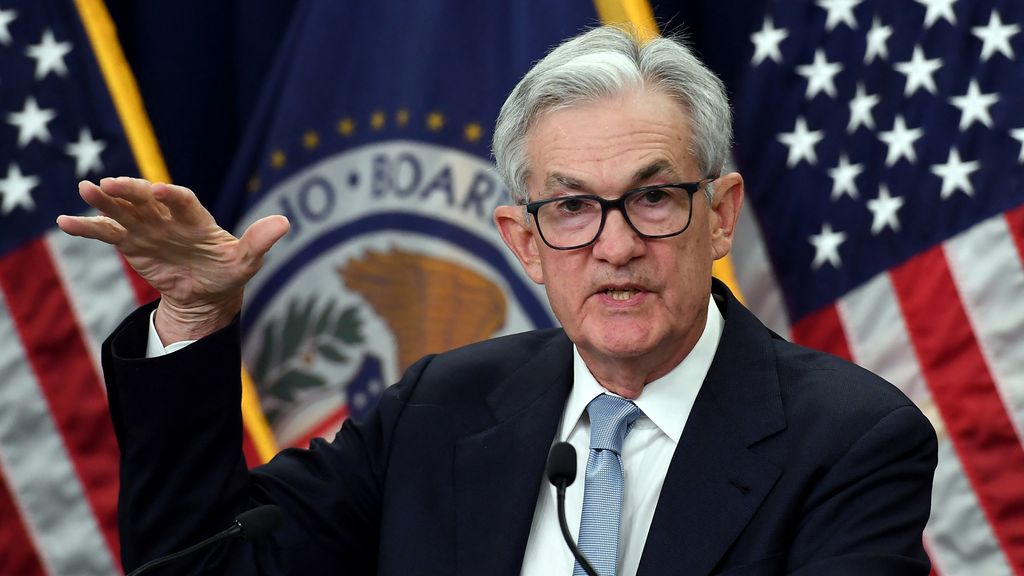NOS News•
The US interest rate will be raised by another 0.25 percentage point, after which there will likely be a pause in the increases. This was announced by the US central bank, the Federal Reserve, after a series of interest rate hikes.
According to the Fed, the intention of the pause is, among other things, to create space for analyzing the consequences of the recent banking crisis. The bank also wants to wait for the outcome of the political deadlock over the US debt ceiling and see how inflation develops.
The Federal Reserve, like the European Central Bank, quickly raises interest rates to fight inflation. In March, inflation in the United States was still 5 percent compared to the previous year. This was still 6 percent in February.
The economy slows down
As interest rates rise, the Fed wants to slow the economy down, lowering demand for things and with it prices and inflation. The US economy is already slowing down. In addition, the interest rate in the United States is already 5.25 percent, having been raised ten times in more than a year.
In Europe, interest rates are currently at 3 percent. Tomorrow the European Central Bank will announce new interest rate hikes. Given the relatively low interest rate compared to the US and rising inflation, there doesn’t seem to be a pause in Europe on the horizon just yet.
problem banks
In the US, banks are proving somewhat more reluctant to extend credit due to the three US banks that have been in trouble recently.
First, the Silicon Valley bank collapsed. The financial reserves of this bank were worn out by high interest rates, after which customers withdrew more than $40 billion in a matter of days. Then things went wrong at Signature Bank and, last week, First Republic Bank.
The latter ran into problems due to a large portfolio of mortgages with low interest rates. It was initially possible to keep the bank afloat with financial help from competitors and an emergency loan, but the devaluation of reserves was not the only thing that played a role.
Tech rich
Like other troubled banks, First Republic Bank ran large amounts of savings that were not covered by the US Deposit Guarantee Scheme, which insured assets of up to $250,000.
The Washington Post reported that Silicon Valley Bank and First Republic Bank have been home to several San Francisco tech industry leaders, including Facebook founder Mark Zuckerberg.
Many decided to withdraw some or all of their money as a precautionary measure. The speed of online banking allowed them to do this in a matter of hours. In a short period of time, more than 100 billion dollars have been withdrawn in some kind of digital bank management. This, in turn, created a panic among the investors, who sold their shares en masse.
A few hours before the opening of the stock market last Monday, it was announced that JP Morgan Chase had acquired all of the bank’s assets and investments.
NOS on 3 explains how a bank could fail below:







